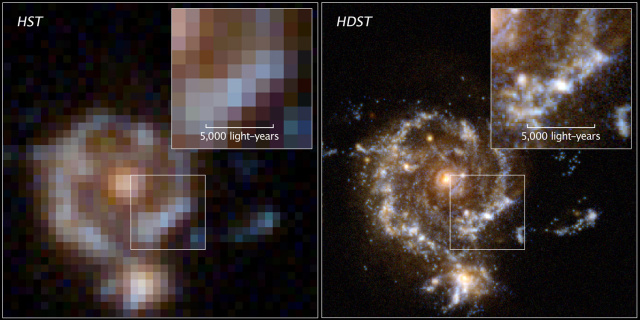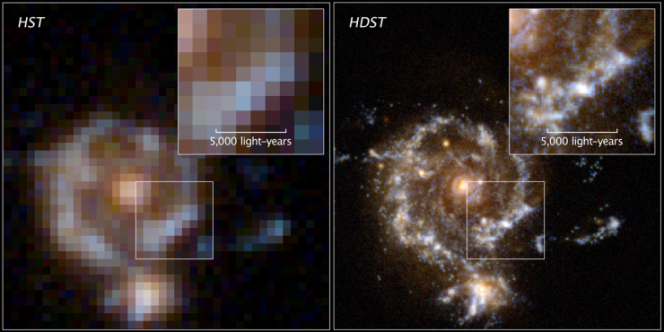
This means that every four years (in what is known as a Leap Year), the Earth calendar must include an extra day. The Earth has an orbital period of 365.25 days, which is the equivalent of 1.000017 Julian years. The orbits of the inner planets of the Solar System, with Jupiter and the donut-shaped asteroid belt is located between them. semi-major axis) of 149,598,261 km, which is the basis of a single Astronomical Unit (AU). This works out to an average distance (aka. Orbital Parameters:Įarth has a very minor orbital eccentricity (approx. This is due to Jupiter’s rapid rotation on its axis, and is why the planet’s equatorial radius is approximately 4600 km larger than its polar radius. In fact, Jupiter’s polar flattening is greater than that of Earth’s – 0.06487 ± 0.00015 compared to 0.00335. The temperature at the core boundary is estimated to be 36,000 K (35,700 ☌ 64,300 ☏) and the interior pressure at roughly 3,000–4,500 GPa.Īlso like Earth, Jupiter’s shape is that of an oblate spheroid. In the region where hydrogen becomes metallic, it is believed that temperatures reach 10,000 K (9,700 ☌ 17,500 ☏) and pressures 200 GPa. At the “surface”, the pressure and temperature are believed to be 10 bars and 340 K (67 ☌, 152 ☏). The core has also been inferred as being rocky, but this remains unknown as well.Īnd much like Earth, temperatures and pressures inside Jupiter increase dramatically toward the core. It is believed that Jupiter’s core is a dense mix of elements – a surrounding layer of liquid metallic hydrogen with some helium, and an outer layer predominantly of molecular hydrogen.

The denser interior is composed of roughly 71% hydrogen, 24% helium and 5% other elements by mass. Crystals of frozen ammonia have also been observed in the outermost layer of the atmosphere. There are also traces of carbon, ethane, hydrogen sulfide, neon, oxygen, phosphine, and sulfur. The atmosphere contains trace amounts of methane, water vapor, ammonia, and silicon-based compounds as well as trace amounts of benzene and other hydrocarbons. 75% hydrogen and 24% helium by mass, with the remaining one percent consisting of other elements. It’s upper atmosphere is composed of about 88–92% hydrogen and 8–12% helium by volume of gas molecules, and approx. In contrast, Jupiter is composed primarily of gaseous and liquid matter which is divided between a gaseous outer atmosphere and a denser interior. This bulge results from the rotation of Earth, and causes the diameter at the equator to be 43 kilometers (27 mi) larger than the pole-to-pole diameter. The shape of Earth approximates that of an oblate spheroid, a sphere flattened along the axis from pole to pole such that there is a bulge around the equator. As one descends from the crust to the interior, temperatures and pressure increase. The core itself is also differentiated, between an inner core and outer core (which spins in the opposite direction of Earth’s rotation).

Credit: NASA/SDO/Goddard/Tdadamemd Composition and Structure:Įarth is a terrestrial planet, which means it is composed of silicate minerals and metal that are differentiated between a metal core and a silicate mantle and crust. While, as a gas giant, Jupiter has no surface per se, astronomers believe that within Jupiter’s atmosphere where the atmospheric pressure is equal to 1 bar (which is equal to Earth’s at sea level), Jupiter experiences a gravitational force of 24.79 m/s 2 (which is the equivalent of 2.528 g). However, Earth’s density is significantly higher, since it is a terrestrial planet – 5.514 g/cm 3 compared to 1.326 g/cm³.īecause of this, Jupiter’s “surface” gravity is significantly higher than Earth normal – i.e. In short, Jupiter is almost 11 times the size of Earth, and just under 318 times as massive. Between its incredible size, mass, composition, the mysteries of its magnetic and gravitational fields, and its impressive system of moons, its existence has shown us just how diverse planets can truly be. One of the main reasons for this is because Jupiter is so starkly different from what we Earth-dwellers consider to be normal. Not only is it the Solar System’s largest planet, but there are still things about this world – despite centuries of research and numerous exploration missions – that continue to mystify even our greatest minds.


Ever since Galileo Galilei first observed Jupiter closely in 1610 using a telescope of his own design, scientists and astronomers have been immensely fascinated by the Jovian planet.


 0 kommentar(er)
0 kommentar(er)
